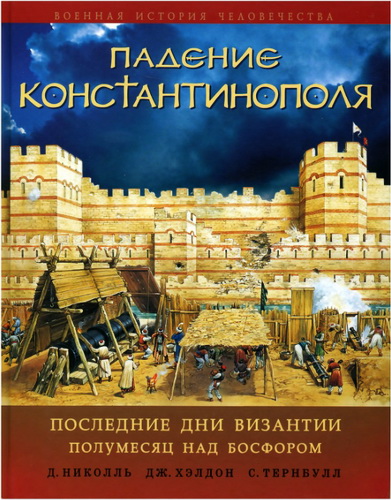
Crossan - The Birth of Christianity - Jesus
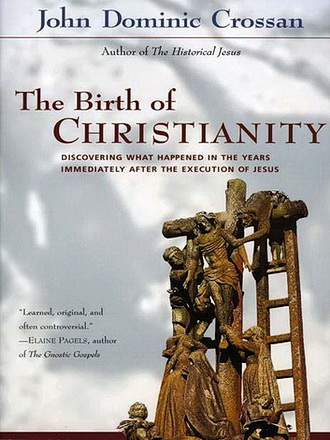
“Gnosis” or “Gnosticism” is [a]… form of religion in late antiquity…. A clear-cut definition of this “religion of knowledge” or of “insight”, as the Greek word gnosis may be translated, is not easy, but should at least be briefly suggested at the very outset.
We shall not go far wrong to see in it a dualistic religion, consisting of several schools and movements, which took up a definitely negative attitude towards the world and the society of the time, and proclaimed a deliverance (“redemption”) of man precisely from the constraints of earthly existence through “insight” into his essential relationship, whether as “soul” or “spirit”,—a relationship temporarily obscured—with a supramundane realm of freedom and of rest. [It] spread through time and space, from the beginning of our era onwards, from the western part of the Near East (Syria, Palestine, Egypt, Asia Minor)…. One can almost say that Gnosis followed the Church like a shadow; the Church could never overcome it, its influence had gone too deep. By reason of their common history they remain two—hostile—sisters.
John Dominic Crossan - The Birth of Christianity. Discovering What Happened in the Years Immediately After the Execution of Jesus
HarperCollins Publishers Inc., FIRST HARPERCOLLINS PAPERBACK EDITION PUBLISHED IN 1999 г – 903
ISBN 0-06-061659-8 (cloth).
ISBN 0-06-061660-1 (pbk.)
ISBN 0-06-061672-5 (int’l)
John Dominic Crossan - The Birth of Christianity. Discovering What Happened in the Years Immediately After the Execution of Jesus – Contents
Preface: The Lost Years
Prologue: The Content of Your Vision
Part I Continuation and Reconstruction
-
Chapter 1 Voices of the First Outsiders
-
Chapter 2 Reconstructing Earliest Christianity
Part II Memory and Orality
-
Chapter 3 The Mystique of Oral Tradition
-
Chapter 4 Does Memory Remember?
-
Chapter 5 A Tale of Two Professors
-
Chapter 6 Chasm or Interface?
Part III Gospels and Sources
-
Chapter 7 Admitting Gospel Presuppositions
-
Chapter 8 Relating Gospel Contents
-
Chapter 9 Comparing Gospel Manuscripts
Part IV Methodology and Anthropology
-
Chapter 10 The Problem of Methodology
-
Chapter 11 Cross-Cultural Anthropology
Part V History and Archeology
-
Chapter 12 Judeo-Roman History
-
Chapter 13 Galilean Archeology
Part VI Kingdom and Eschatology
-
Chapter 14 A Comparison of Two Early Gospels
-
Chapter 15 Apocalyptic and Ascetical Eschatology
-
Chapter 16 Ethical Eschatology
Part VII Healers and Itinerants
-
Prologue: The Meaning of Healing
-
Chapter 17 Negating Apocalyptic Eschatology
-
Chapter 18 Affirming Ethical Eschatology
-
Epilogue: The Social Status of Jesus
Part VIII Teachers and Householders
-
Chapter 19 Criticizing the Householders
-
Chapter 20 Controlling the Itinerants
-
Chapter 21 Interpreting the Commands
-
Chapter 22 A Divided Tradition
Part IX Meal and Community
-
Chapter 23 The Common Meal Tradition
-
Chapter 24 Communities of Resistance
Part X Story and Tradition
- Chapter 25 The Other Passion-Resurrection Story
- Chapter 26 Exegesis, Lament, and Biography
- Epilogue: The Character of Your God
Appendixes
Bibliography
Subject Index
Author Index
Text Index
About the Author
Credits
Copyright
About the Publisher
John Dominic Crossan - The Birth of Christianity. Discovering What Happened in the Years Immediately After the Execution of Jesus – Preface: The Lost Years
If they do not listen to Moses and the prophets, neither will they be convinced even if someone rises from the dead.
Luke 16:31
This book is about the lost years of earliest Christianity, about the 30s and 40s of the first century, about those dark decades immediately after the execution of Jesus. Those years are cloaked in a silence similar to that shrouding Jesus’ own early life. Where did Jesus go, it is sometimes asked, in those decades before he emerged to public life as a follower of John the Baptist? He went, it is sometimes answered, to India and learned wisdom. I no more believe that story than that he went to Ireland and learned Gaelic. Be that as it may, there is, for earliest Jesus and earliest Christianity, a parallel period of empty years and darkened decades. But it is more surprising to have such lost years for a social movement than for an individual person. It is not at all unusual that the ancient record of a personal life should begin at full maturity. The emperor Augustus, who died on August 19 of 14 C.E., left his autobiography to be inscribed on bronze tablets in front of his mausoleum in Rome. That story began with the words “at the age of nineteen.” Neither does Luke 2:46–47 pierce the lost years of Jesus with any historical information. At the age of twelve, Jesus was found by his parents “in the temple, sitting among the teachers, listening to them and asking them questions. And all who heard him were amazed at his understanding and his answers.” Josephus records a similar precocious situation for himself in his Life 9: “While still a mere boy, about fourteen years old, I won universal applause for my love of letters; inasmuch that the chief priests and the leading men of the city used constantly to come to me for precise information on some particular in our ordinances.”
But how does it happen that the early years of Christianity are so shrouded in silence? The obscurity of the 30s and 40s can be emphasized by the comparative brilliancy of the 50s. For that later decade we have the letters of the apostle Paul. From them we know about Christian communities in four Roman provinces, Galatia and Asia in central and western Turkey, and Macedonia and Achaia in northern and southern Greece. From them we learn about urban churches in Philippi, Thessalonica, and Ephesus. From them, with sociological analysis wedded to theological exegesis, we can almost fill a small library on the personalities and problems of the Corinthian congregation alone. From them we catch glimpses of past events in the 30s and 40s at Damascus, Antioch, and Jerusalem. From them we catch glimpses of future plans for the 60s in Italy and Spain. From them, above all else, we receive the temptation to gloss speedily over the 30s or 40s and move swiftly to those better-documented 50s. This book intends to resist that temptation and to ask instead these questions: What forms of Christianity were present in the 30s for Paul the persecutor, before he became Paul the apostle, to persecute? What forms of Christianity were present before Paul, without Paul, and even if Paul had never existed?
There is an obvious objection. Do we not have precious information in what we call the Acts of the Apostles about those lost years of the 30s and 40s? We do indeed, but with several difficulties. First, it is hard, without independent vectors, to separate history from theology and tradition from redaction in that writing. Second, Luke gives us a very general picture. It is like a summary of 1944–1945 asserting that the Allies landed on the beaches of Normandy and pushed eastward to Berlin. That is absolutely true, but—apart from omitting details such as Bastogne—it says nothing about the Russians pushing westward toward the same destination. It describes the past in a way that renders the future incomprehensible. Luke’s Acts of the Apostles moves Christianity on the westward Jerusalem-to-Rome axis with nothing said about northward Syriac or southward Coptic Christianity. Third, you would know from that text about Christianity in Jerusalem, but you would know nothing about Christianity in Galilee. In fact, when you put together Luke and Paul on the 30s and 40s, you would conclude that Christianity operated exclusively from Jerusalem. This book intends to give equal attention to Christianity in both Galilee and Jerusalem. It also refuses to replace the old ascendancy of Jerusalem with a new one of Galilee. Both, then, not either.
There are no documents from those 30s and 40s dated as Paul’s letters are to the 50s. How, then, is reconstruction possible or anything new worth saying about those decades? It is a question of new method and new material. My new method is an interdisciplinary combination of anthropological, historical, archeological, and literary disciplines. It establishes the sharpest possible context before any Christian text is studied within that matrix. My new material is obtained from the earlier strata or larger sources of Christian texts we already have available to us. It is especially significant where two independent early Christian texts share common traditions that must, therefore, be earlier than either of them. But no matter what sources or texts I am using, they are always used to illumine the Christianity of the 30s and 40s in the Jewish homeland. That is what this book is about.
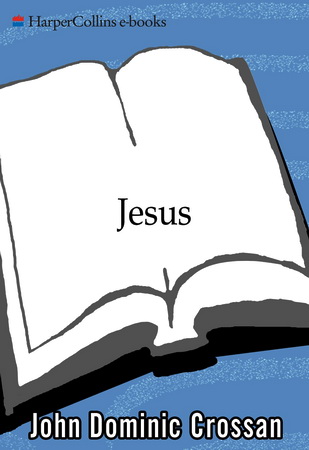 John Dominic Crossan – Jesus - A Revolutionary Biography
John Dominic Crossan – Jesus - A Revolutionary Biography
HarperCollins e-books
John Dominic Crossan – Jesus - Contents
Prologue. From Christ to Jesus
One. A Tale of Two Gods
- The Trojan Caesar Comes
- The Future of the Past
- Searching the Scriptures
- Is Not This the Carpenter?
- A Question of Class
Two. The Jordan Is Not Just Water
- God Now Rested over Italy
- In Chains to Machaerus
- The Wilderness of Jordan
- The Apocalyptic Drummer
- John Baptizes Jesus
- From Fasting to Feasting
- One Like a Son of Man
Three. A Kingdom of Nuisances and Nobodies
- The Now or Future Kingdom
- Tearing the Family Apart
- Blessed Are (We?) Beggars
- If It Is a Girl, Cast It Out
- Who Needs a Mustard Plant?
- Open Commensality
- Radical Egalitarianism
Four. In the Beginning Is the Body
- The Politic Body
- To Touch a Leper
- To Expel a Demon
- Back from the Dead
- How Not to Be a Patron
Five. No Staff, No Sandals, and No Knapsack
- The Arts of Resistance
- Into Whatever House You Enter
- The Skin of My Feet for Shoes
Six. The Dogs Beneath the Cross
- A Corpse for the Wild Beasts
- Before the Feast of Passover
- James the Just
- That Charming Pontius Pilate
- Barabbas Was Not a Robber
- Searching the Scriptures Once Again
- A Respected Member of the Council
Seven. How Many Years Was Easter Sunday?
- The Living Jesus
- First Fruits of Them That Sleep
- Last of All to Me
- A Meal of Bread and Fish
- Nothing and Nowhere All Night
- The Race to the Empty Tomb
- In Remembrance of Her
Epilogue
From Jesus to Christ
The One As Yet Unknown
The One Who Did Not Go Away
Searchable Terms
About the Author
Praise
Copyright
About the Publisher
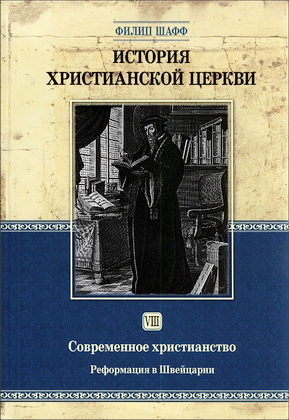


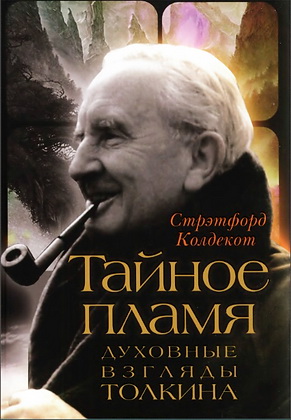
Комментарии
Пока нет комментариев. Будьте первым!